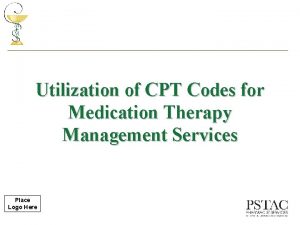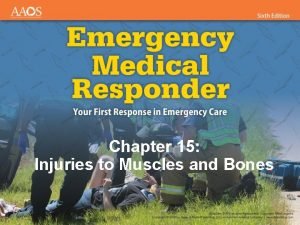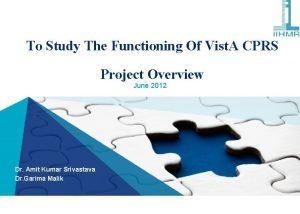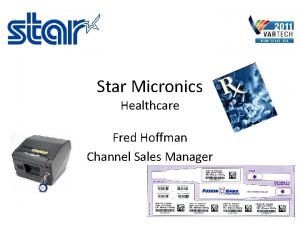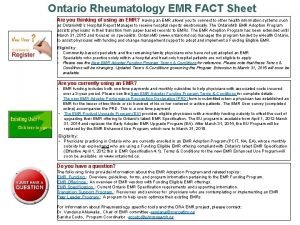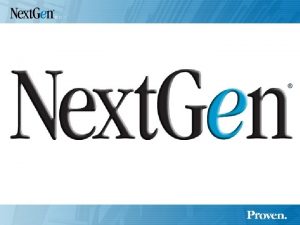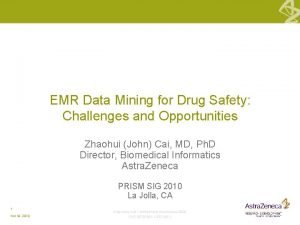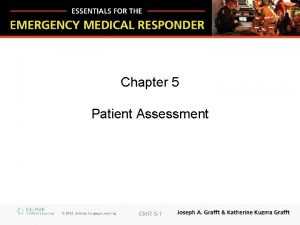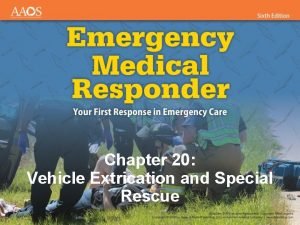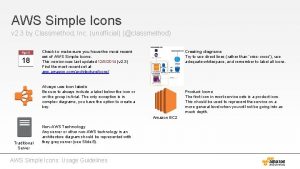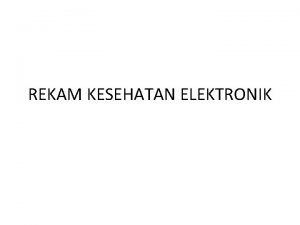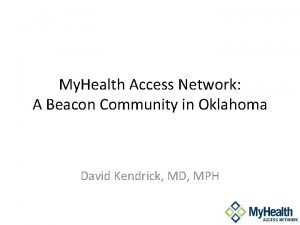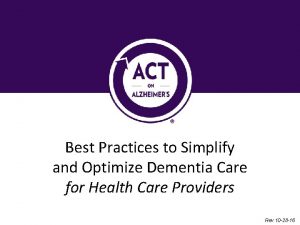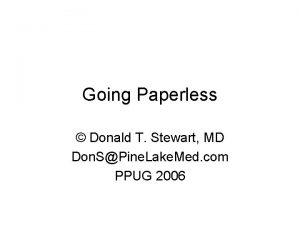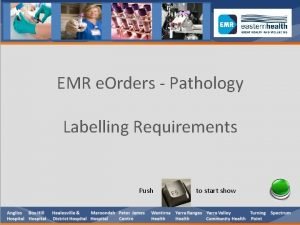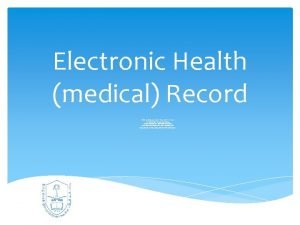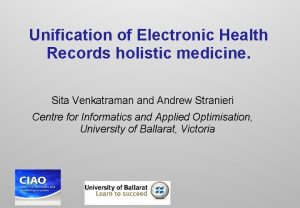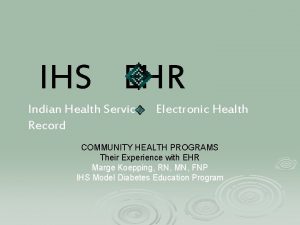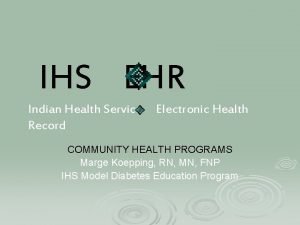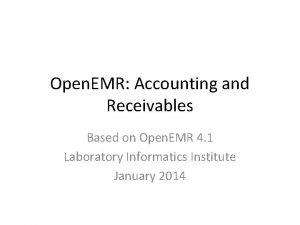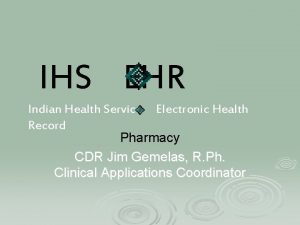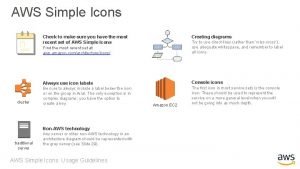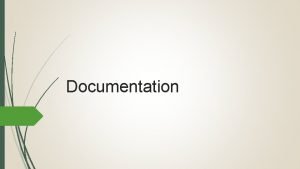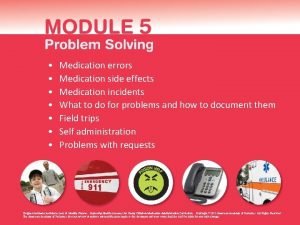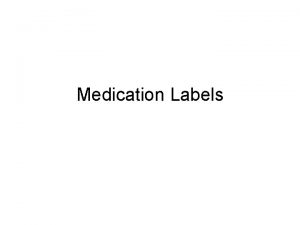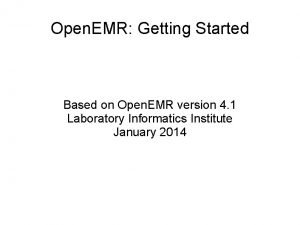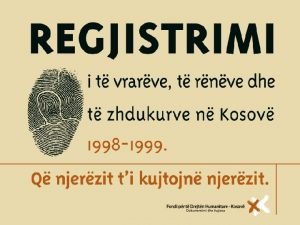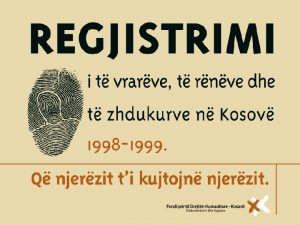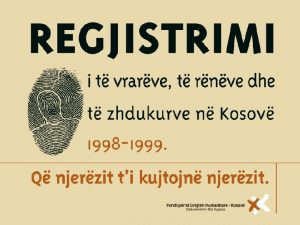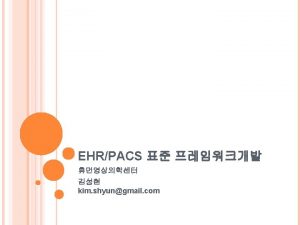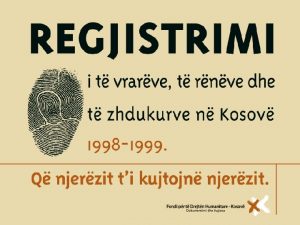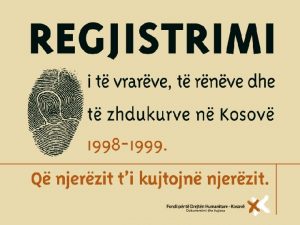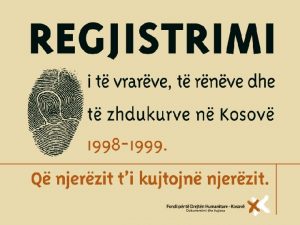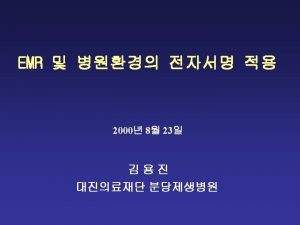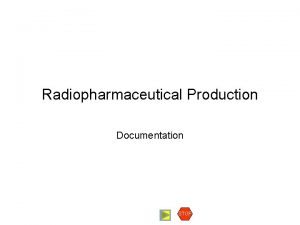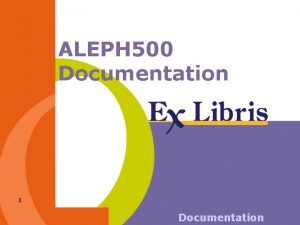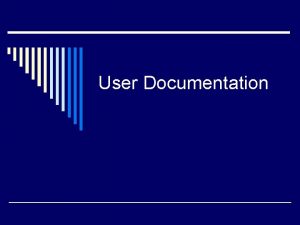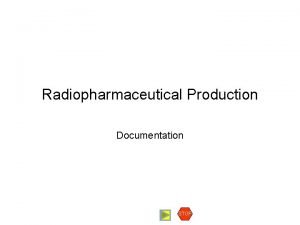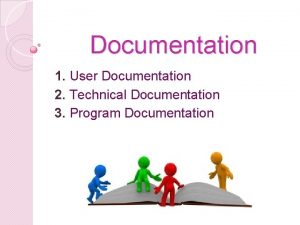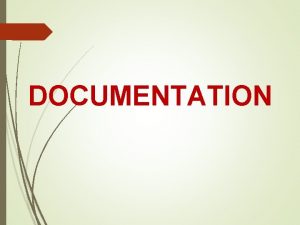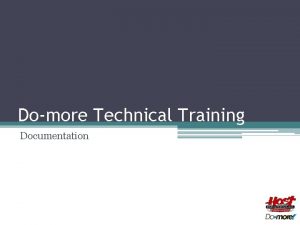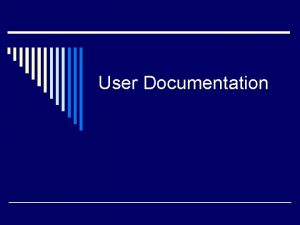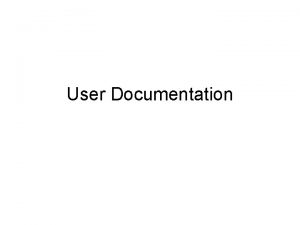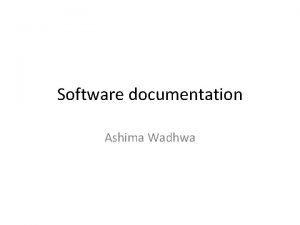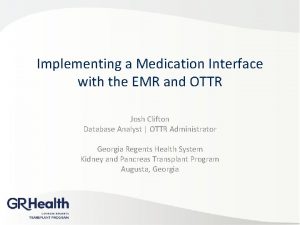Medication Review and Documentation in the EMR DISCLAIMER


































- Slides: 34

Medication Review and Documentation in the EMR DISCLAIMER: The views and opinions expressed in this presentation are those of the author and do not necessarily represent official policy or position of AIHS.

Conflict of Interest Disclosure No real or apparent conflicts of interest to report.

Med Rec Medication Review BPMH Comprehensive Medication Assessment

Best Possible Medication History (BPMH) • Medication history using a systematic interview process with the patient/family and at least one other reliable source of information to obtain and verify all of a patient’s medication use • • More comprehensive than a routine primary medication history “Snapshot” of the patient’s actual medication use, which is why patient involvement is so important

Medication Reconciliation • Formal process in which healthcare providers work together with patients, families and care providers to ensure accurate and comprehensive medication information is communicated consistently across transitions of care. • • Uses the BPMH to ensure medications being added, changed or discontinued are carefully evaluated Should occur at all transitions of care and prescription renewal

Medication Review • Based off the BPMH • Educate patients on their medications and promote the safe and effective use of medication • Screen for Drug Therapy Problems • Any medication related issue that could contribute to sub-optimal health outcome • Take steps to optimize drug therapy

Comprehensive Medication Assessment • Formal process in which a patient’s medications are individually assessed to determine that each is appropriate, effective, safe and able to be taken in the unique patient • Clinical pharmacists working with other providers deliver this service to optimize patient outcomes • • Assessment of the patient/medical record Evaluation of medication therapy Development & initiation of plan Follow-up & Medication Monitoring

Why is the BPMH important? • Medications are a fundamental part to the care plan, and understanding what the patient is actually taking allows one to more effectively plan for care and engage in appropriate therapeutic decision making • Medication Reviews and Assessments rely on the accuracy of the BPMH to be useful • Part of a Complex Care visit • “detailed review of the case/chart and of current therapies”

How to perform a BPMH • Introduction • “I want to ensure the list of medications on your chart is accurate and up to date” • Allergies • Allergic to any medications? If yes, what is the reaction? • Code this appropriately


How to perform a BPMH • Community Pharmacy information • Add to demographics • Obtain consent to contact pharmacy to confirm information • Obtain Pharmanet consent • Use either Pharmanet or community pharmacy information as the 2 nd source of information to confirm BPMH


• How to perform a BPMH • Information gathering • • Medication list or medications available? Use “show and tell” • • • “How do you take this…. . ” , “How often do you use this” Collect information regarding the dose, route and frequency for each drug Identify indication as understood by the patient • • Over the Counter (OTC) medication use Vitamin/Minerals/Supplements Non-Prescription Medications Topical agents (creams, ointments, patches, etc) Eye/Ear/Nose preparations Inhalers Injectable medications Samples

How to perform a BPMH

• Documenting the BPMH • Enter into the Long Term Meds • Coded as much as possible • Ensures Drug Interactions and Allergies are assessed during renewal


• Documenting the BPMH • Enter into the Long Term Meds • Coded as much as possible • Ensures Drug Interactions and Allergies are assessed during renewal • Add indication if known • Coded or freetext


• Documenting the BPMH • Enter into the Long Term Meds • Coded as much as possible • Ensures Drug Interactions and Allergies are assessed during renewal • Add indication if known • Coded or freetext • Add office notes with relevant information • This appears in the Care Plan


• Documenting the BPMH • Enter into the Long Term Meds • Coded as much as possible • Ensures Drug Interactions and Allergies are assessed during renewal • Add indication if known • Coded or freetext • Add office notes with relevant information • This appears in the Care Plan • “Review” function • • • Time stamp of when the BPMH is done Can add specific notes Also copied to the Care Plan



Documenting the BPMH • What if the patient takes their medication differently than as prescribed? • Keep prescribed directions in the Dose/Frequency field • Or change the directions if clinically indicated • And add supplementary information into the office notes • • • How the patient says they take it Frequency of use Can use to track usage of controlled drugs


Usefulness of a BPMH in the EMR • Ensures your Long Term Meds list is up to date • Can use the Long Term Meds list to renew prescriptions • Renew -> Print or Print Direct • Print Direct does not give you PK/allergy screen • But still alerts to reaction risk if detected


A Few other Tips

Adding a prescription to the Long Term Meds List • Crtl – U © 2017 Applied Informatics for Health Society (AIHS)

Narcotic prescriptions • For those requiring a triplicate • • • Good practice to have a record in the EMR • Long Term Meds/Prescriptions Consider photocopy/scan of triplicate and attach to encounter “Fill on” date and “next fill” dates also helpful for some patients • http: //cgi. cs. duke. edu/~des/datecalc/ © 2017 Applied Informatics for Health Society (AIHS)



Med Reviews and the BPMH • Perform these regularly for safety and efficacy of therapy • Document as completely as possible to support your prescribing • Utilize pharmacists for med reviews, BPMH, and comprehensive medication management • Optimize medication use and reduce drug expenditures © 2017 Applied Informatics for Health Society (AIHS)

Contact • Email: Robert. Pammett@northernhealth. ca • Phone: 250 -565 -5513 • Cell/Text: 250 -614 -9662 © 2017 Applied Informatics for Health Society (AIHS)
 Cpt code 99607
Cpt code 99607 Emr chapter 15 injuries to muscles and bones
Emr chapter 15 injuries to muscles and bones Cprs emr
Cprs emr Acrendo
Acrendo Accuro emr vs oscar
Accuro emr vs oscar Next generation emr
Next generation emr Hadoop web services
Hadoop web services Emr data mining
Emr data mining Emr patient assessment
Emr patient assessment As an emr, your two primary extrication goals include:
As an emr, your two primary extrication goals include: Classmethod aws
Classmethod aws Rekam kesehatan elektronik adalah
Rekam kesehatan elektronik adalah Myhealth beacon
Myhealth beacon Gerimed emr
Gerimed emr Orchestra one emr
Orchestra one emr Ritefax
Ritefax Emricon
Emricon Mysis emr
Mysis emr Emr ehr phr
Emr ehr phr Holistic medicine ehr
Holistic medicine ehr Tribal health emr
Tribal health emr Tribal health emr
Tribal health emr Wavelength range
Wavelength range Open receivables
Open receivables Tribal health emr
Tribal health emr Ihs ehr
Ihs ehr Aws glue icon
Aws glue icon Hát kết hợp bộ gõ cơ thể
Hát kết hợp bộ gõ cơ thể Frameset trong html5
Frameset trong html5 Bổ thể
Bổ thể Tỉ lệ cơ thể trẻ em
Tỉ lệ cơ thể trẻ em Gấu đi như thế nào
Gấu đi như thế nào Chụp phim tư thế worms-breton
Chụp phim tư thế worms-breton Chúa sống lại
Chúa sống lại Các môn thể thao bắt đầu bằng từ đua
Các môn thể thao bắt đầu bằng từ đua
